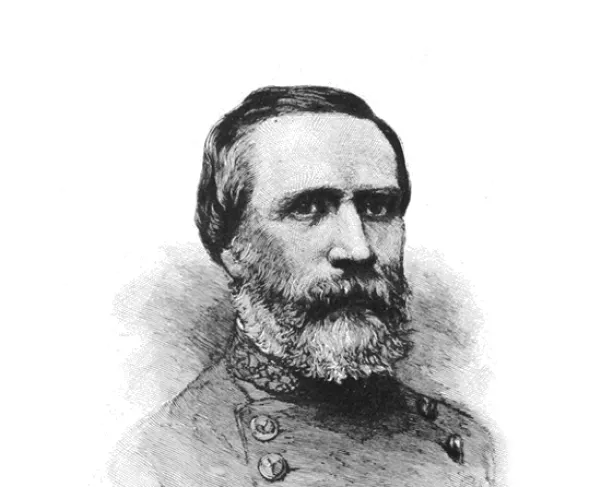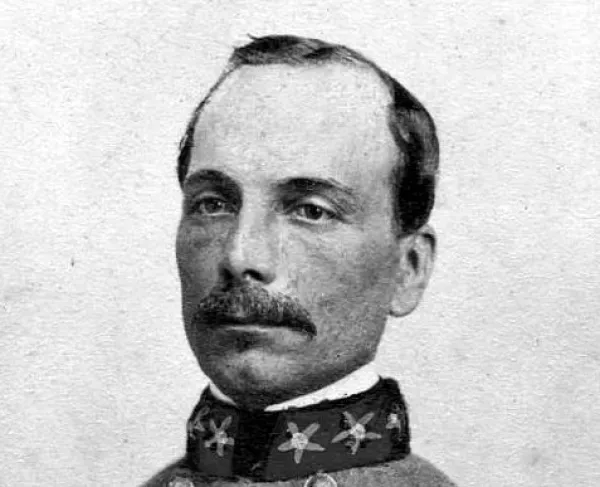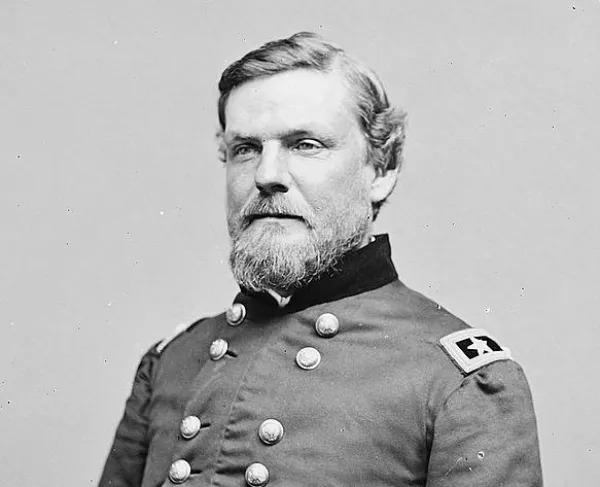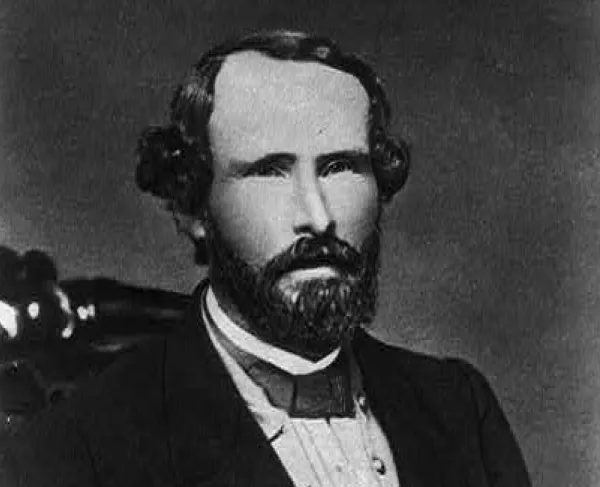Richard H. Anderson

Confederate General Richard Heron Anderson was part of Lee’s Army of Northern Virginia and participated in every one of its major battles.
Anderson was born in Sumter County, South Carolina on October 7, 1821, and was a member of the prodigious West Point class of 1842, which included future Confederate generals D. H. Hill, Lafayette McLaws, Earl Van Dorn and James Longstreet. Anderson served in the Mexican War under Gen. Winfield Scott and was brevetted first lieutenant for his conduct. Following the war, Anderson served on the frontier and was a member of Colonel Albert Sidney Johnston’s Utah expedition. Anderson was stationed in the Nebraska territory when he heard of South Carolina’s secession, and promptly resigned his commission to offer his services to the Confederacy.
Anderson initially served under P. G. T. Beauregard in Charleston and was present during the Fort Sumter crisis and the firing of the first shots of the war. When Beauregard took charge of Confederate forces at Manassas, Virginia, Anderson was promoted brigadier general and assumed command of Charleston.
In early 1862 Anderson transferred to Richmond, where he was placed in command of a brigade under Longstreet during the Peninsula Campaign. Anderson helped execute the Confederate retreat from Yorktown, held pursuing Union forces at Williamsburg, and participated in the failed attack at Fair Oaks.
After Robert E. Lee was given command of Confederate forces on the peninsula and re-organized and re-named the Army of Northern Virginia, Anderson assumed a prominent role. Having been promoted to the rank of Major General, Anderson participated in the destruction of another one of his West Point classmates, John Pope, at Second Manassas. Anderson was wounded early in the battle at Antietam, but returned in time to command the far left of the Confederate line at Fredericksburg, which was fairly removed from the main action. At Gettysburg, Anderson’s men sent Sickles’ Union troops tumbling back towards Cemetery Ridge on the second day of the battle and nearly cut the Union army in two.
The following year, 1864, Anderson assumed the rank of lieutenant general when Longstreet was wounded at the battle of the Wilderness, and commanded Old Pete’s corps in his absence. Anderson fought at Spotsylvania and Cold Harbor, but when Longstreet returned to duty in October Anderson was placed in command of a segment of the Richmond defenses.
After the fall of Petersburg, Anderson guided the right of the retreat. Most of his command was wiped out at the battle of Sayler’s Creek on April 6, 1865, and though he himself escaped to rejoin the army, Anderson found himself without a command adequate to his rank, and was relieved and allowed to return home the day before the surrender at Appomattox.
The period after war was particularly unkind to Anderson, and he died in virtual poverty on June 26, 1879 in Beaufort, South Carolina.





